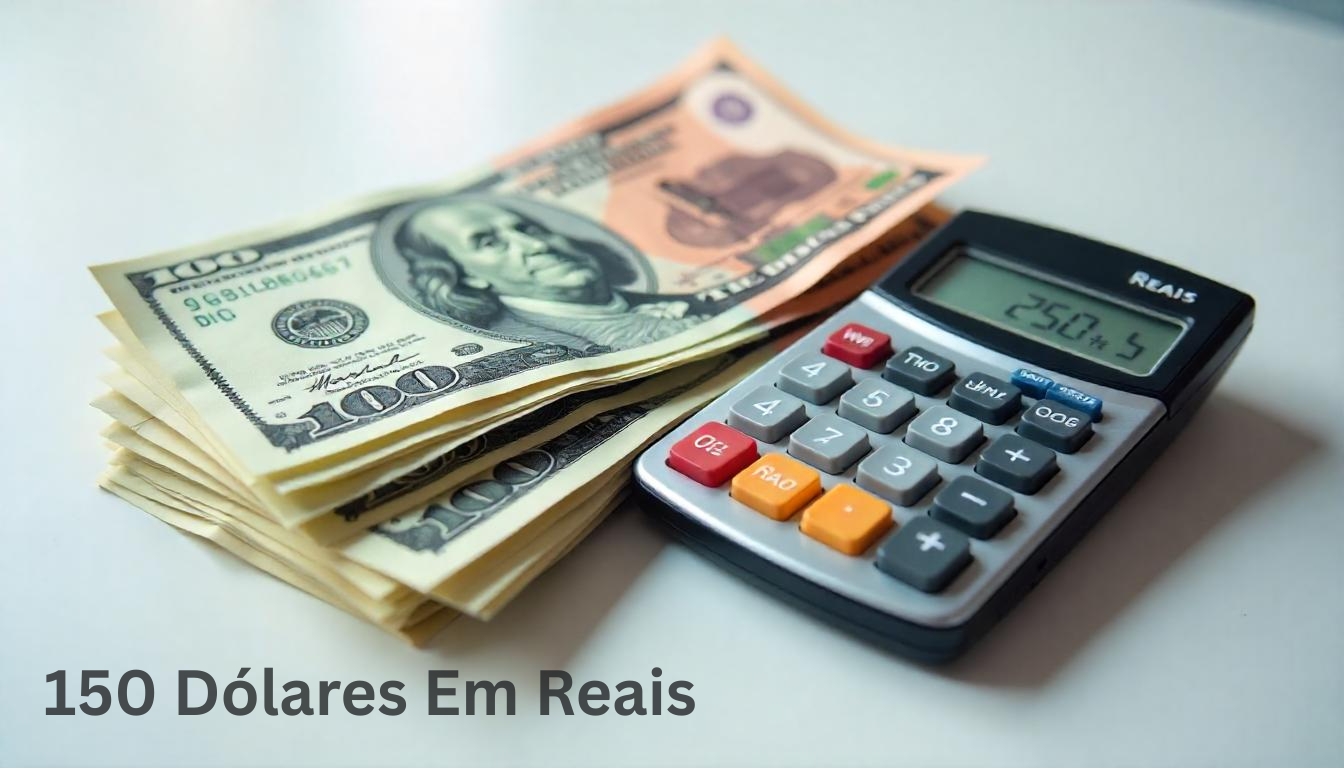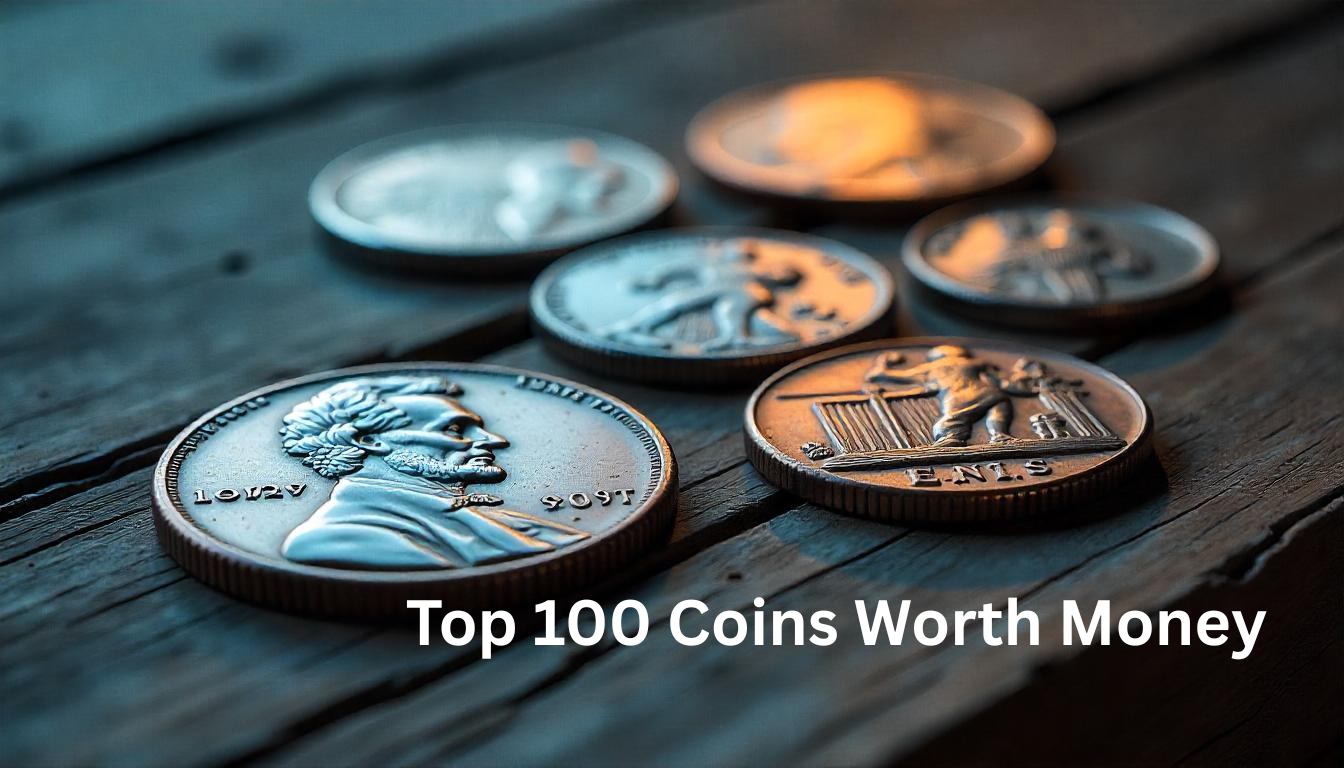In recent years, blockchain technology and cryptocurrencies have revolutionized the way we think about finance. While Bitcoin, Ethereum, and other established cryptocurrencies have garnered widespread attention, newer innovations continue to emerge, offering fresh opportunities. One such innovation is bonding curve crypto, an emerging concept that could transform how tokens are issued and valued. If you’re a US-based investor looking for the next big thing in the crypto space, understanding bonding curve crypto could give you a strategic edge.
But what exactly is a bonding curve in crypto, and how does it work? This blog post will dive deep into the concept of bonding curve crypto, explore its applications, and help you understand how it could potentially reshape the world of cryptocurrency investment.
What Is a Bonding Curve Crypto?
At its core, a bonding curve crypto is a mathematical formula that determines the price of a token based on its supply and demand. The concept comes from the idea of a “curve,” which is typically plotted on a graph to show the relationship between the token’s price and the amount of tokens in circulation. The more tokens are bought and sold, the price of each token changes accordingly, usually in a predictable, continuous fashion.
Imagine this: Instead of a fixed price for a crypto token, the price rises or falls as more people buy or sell it. Early buyers could purchase tokens at a lower price, while later buyers pay a premium due to increased demand. Bonding curve crypto allows for a dynamic pricing mechanism, ensuring that the value of a token adjusts according to market activity.
How Do Bonding Curves Work?
Bonding curves function as a smart contract on the blockchain. The contract defines how tokens are minted (created) and how the price changes based on the quantity of tokens in circulation. The most common approach is the use of an exponential or logarithmic curve, which increases the price exponentially as more tokens are issued.
Here’s a breakdown of how it works:

- Initial Price: When a bonding curve is first launched, the price of each token is relatively low. Early investors can acquire tokens at a bargain price.
- Increasing Demand: As more tokens are purchased, the price begins to increase according to the bonding curve formula.
- Supply and Demand: The price of tokens fluctuates based on the amount of tokens in circulation and the demand for them. The curve is designed to ensure that early buyers are rewarded, but it also prevents the token from becoming too easy to manipulate.
- Minting New Tokens: New tokens are minted as more people purchase them. This ensures the liquidity of the market.
This structure allows bonding curve crypto to maintain a fairer distribution of tokens, as the market naturally adjusts based on real-time buying activity.
Examples of Bonding Curve Applications in Crypto
Initial Token Offerings (ITOs)
One of the primary use cases for bonding curve crypto is in Initial Token Offerings (ITOs), a new way for projects to raise capital. In a traditional Initial Coin Offering (ICO), the price of a token is typically fixed, and investors purchase tokens at that set price. With bonding curves, however, the price of tokens increases the more they are bought, which incentivizes early adoption and gradual price discovery.
For example, imagine a new decentralized finance (DeFi) project launching a bonding curve-based token. At first, investors can buy tokens at $1 each. As demand increases, the price rises to $1.50, $2, and so on. This price increase rewards early investors, who get tokens at a lower price, while also ensuring that the project raises the necessary capital.
Decentralized Autonomous Organizations (DAOs)
Another powerful application of bonding curve crypto is in the creation of Decentralized Autonomous Organizations (DAOs). DAOs are organizations that operate autonomously, often governed by token holders who vote on decisions. By using a bonding curve, these DAOs can issue governance tokens in a way that ensures fair pricing and distribution.
For example, a DAO could use a bonding curve to manage its voting power. As more tokens are issued, the price increases, meaning that only those with real skin in the game can acquire tokens. This prevents large whales (individuals with large amounts of capital) from manipulating the token’s price or governance structure.
Creating Liquidity Pools
Liquidity is crucial in any financial market, and bonding curve crypto can help create self-sustaining liquidity pools. By using bonding curves, liquidity providers can earn rewards for participating in a pool while also ensuring that there is a continuous flow of tokens in the market.
For instance, a decentralized exchange (DEX) could implement a bonding curve mechanism for its liquidity pools. As users add liquidity, they receive tokens in return, but the price of the token increases the more liquidity is added, ensuring fair distribution and rewarding early participants.
Advantages of Bonding Curve Crypto
There are several compelling advantages to using bonding curve crypto for both investors and project developers. Let’s take a look at a few of these benefits:
Dynamic Price Discovery
Unlike traditional fixed-price models, bonding curves offer a transparent and dynamic pricing model. This means that token prices adjust in real time according to demand, providing a more efficient market. As a result, bonding curve crypto offers a way to discover the true value of a token based on its real-time usage.
Incentivizing Early Adoption
Early adopters of a token are rewarded by purchasing tokens at a lower price. As the price increases, these early investors can see a significant return on their investments. This incentivizes early participation in a project, which is crucial for its success.
Eliminating the Risk of Centralized Control
Traditional token issuance mechanisms can be susceptible to manipulation, especially if a centralized entity controls the pricing. Bonding curves eliminate this risk by distributing control to the market, with pricing determined by supply and demand rather than a centralized authority.
Encouraging Liquidity
Bonding curves inherently promote liquidity, as tokens are continuously minted and sold. This ensures that a market for the token remains active, even if the token’s value rises. Additionally, by using a bonding curve, the price of tokens can be stabilized, preventing sudden crashes or volatility.
Transparency
Because bonding curves are governed by smart contracts on the blockchain, the entire process is transparent. Investors and project developers can see the entire transaction history and understand how the price of a token is being determined.
Risks and Considerations of Bonding Curve Crypto
While bonding curves offer several advantages, they are not without risks. Here are some factors to consider before diving into bonding curve crypto investments:

Market Manipulation
While bonding curves reduce the risk of centralized manipulation, they are not immune to market manipulation. Large investors could still use bots or other techniques to manipulate the supply and demand of tokens.
Complexity for New Investors
For those new to the crypto space, the concept of bonding curve crypto can be difficult to understand. If you’re unfamiliar with how bonding curves work, you might struggle to fully grasp the tokenomics behind a project, which could lead to bad investment decisions.
High Volatility
Although bonding curves aim to provide stability, the crypto market is inherently volatile. Even with a bonding curve in place, the price of a token could fluctuate wildly depending on market sentiment and external factors.
Lack of Regulation
The lack of regulatory clarity around bonding curve crypto could pose risks for investors, particularly in the US. While blockchain and cryptocurrency regulations are evolving, the absence of clear guidelines could lead to uncertainties in how bonding curve-based tokens are treated under the law.
Is Bonding Curve Crypto Right for You?
If you’re a US-based investor considering bonding curve crypto, it’s important to carefully weigh the pros and cons. This innovative model offers a novel approach to token distribution and pricing, but it requires a good understanding of blockchain mechanics and market dynamics. As with any investment, it’s essential to conduct thorough research and consult with professionals if needed.
Frequently Asked Questions
What are the benefits of using bonding curve crypto?
Bonding curve crypto offers dynamic price discovery, early adopter incentives, increased liquidity, transparency, and reduced central control over pricing. It creates a fairer, more decentralized method for issuing and trading tokens.
Are there risks associated with bonding curve crypto?
Yes, there are risks. Large investors may manipulate the market, volatility is high, and understanding bonding curves can be complex for new users. Additionally, the lack of clear regulations exposes investors to potential legal uncertainties.
Can I make money from investing in bonding curve tokens?
Yes, early investors can profit by buying tokens at lower prices when the curve is in its early stages. As demand increases, prices rise, creating opportunities for profit. However, it’s crucial to understand the risks and do proper research.
Are bonding curve tokens a good option for long-term investment?
Bonding curve tokens can be a good long-term investment if you believe in the project’s potential and demand for the token. However, their value is tied to supply and demand, making them volatile. Long-term investors should carefully evaluate the project behind the token and its growth prospects.
How are bonding curve tokens different from traditional ICO tokens?
Traditional Initial Coin Offerings (ICOs) usually have a fixed token price. Investors buy tokens at a predetermined price. Bonding curve tokens, however, have a dynamic pricing model. The price increases as more tokens are purchased, encouraging early investment and fairer distribution.
What types of projects can use bonding curve crypto?
Bonding curve crypto can be used in various projects, such as decentralized applications (dApps), DAOs, DeFi platforms, gaming ecosystems, and charitable organizations. The flexibility of bonding curves makes them ideal for projects needing dynamic pricing and token distribution.
Conclusion
Bonding curve crypto is an exciting frontier in the blockchain and cryptocurrency space. It offers unique opportunities for investors and a fairer, more dynamic way for developers to issue tokens.
As the crypto market evolves, bonding curve-based tokens could become a key part of cryptocurrency pricing and distribution. To make the most of this innovative model, explore bonding curve crypto, experiment with various projects, and stay updated on trends.






